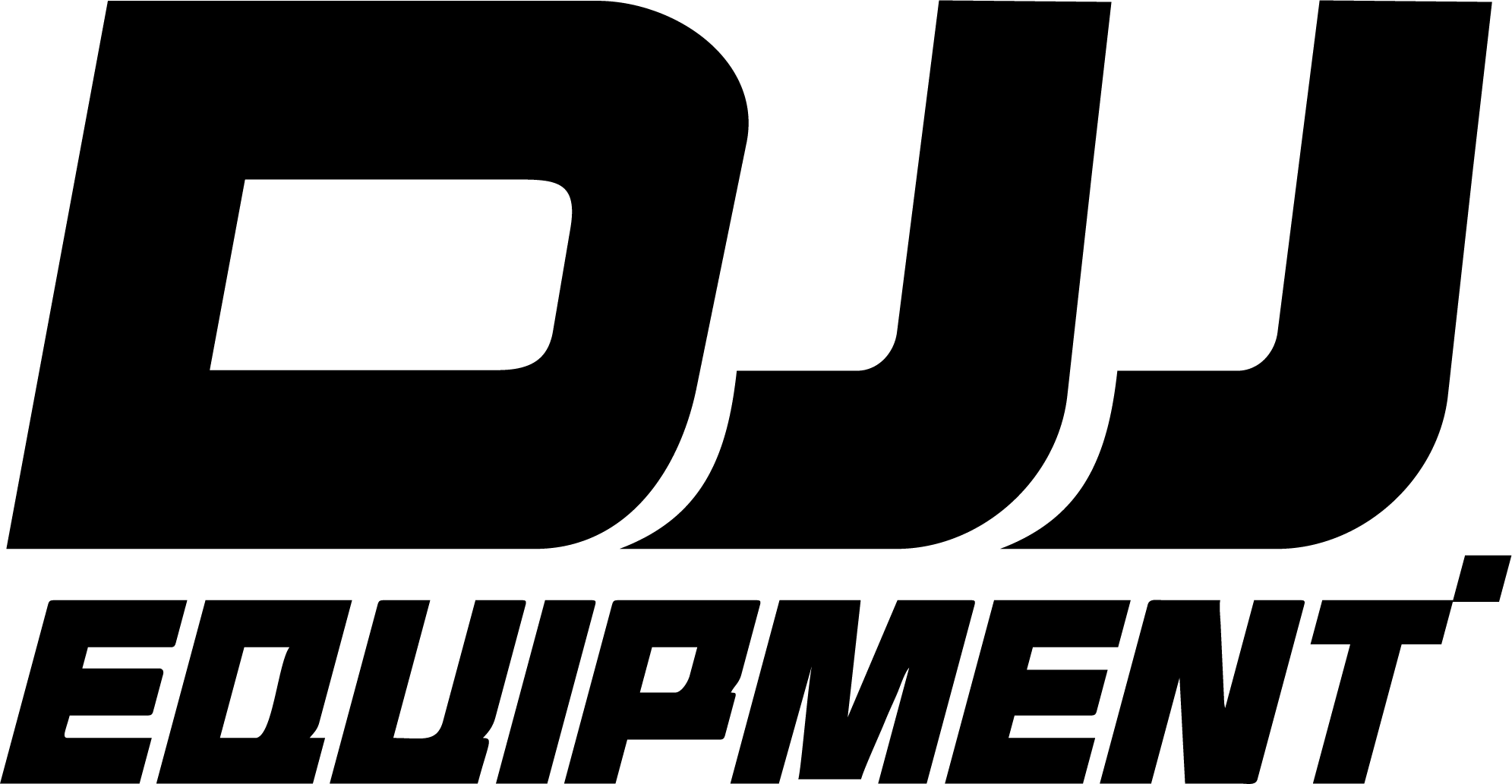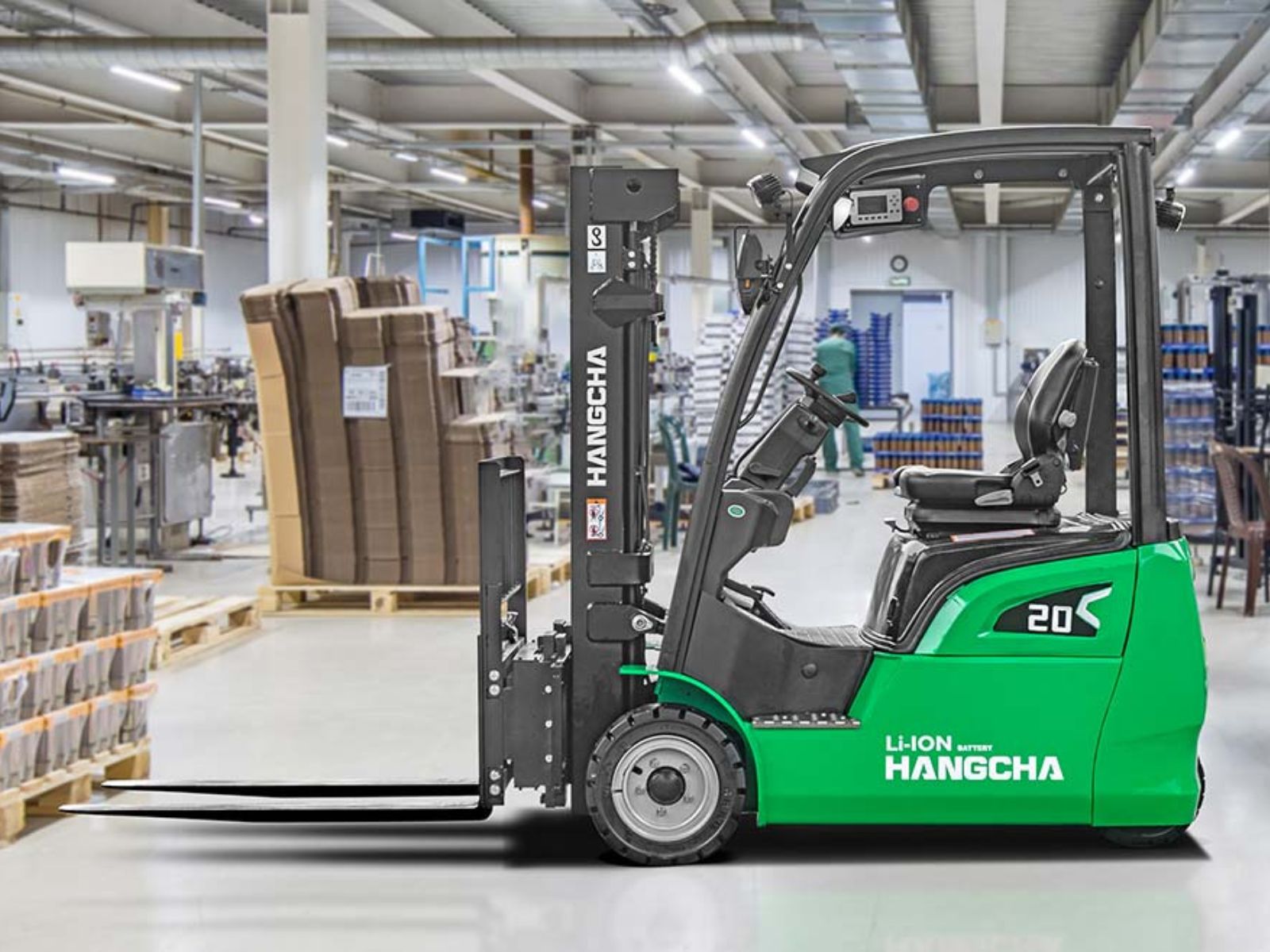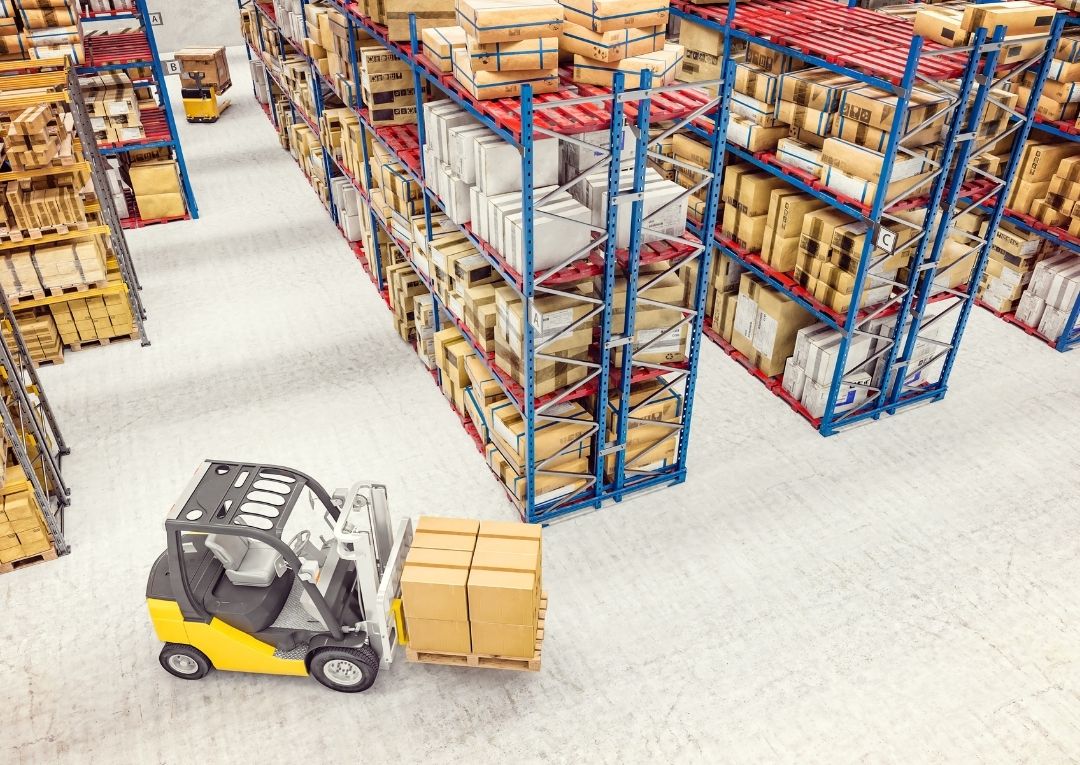In the complex world of material handling, forklift attachments are game-changers. They’re essential for moving specific types of loads, but too often, they’re not given the attention they deserve. This oversight can lead to damaged goods or, worse, injuries.
Choosing the right forklift attachment is crucial. A bad fit doesn’t just slow things down; it can be a safety hazard and cause damage. That’s why we’ve put together this guide on the most common forklift attachments. It’s here to help you make informed choices, ensuring safe, efficient operations and protecting both your goods and team. Let’s dive in and find the perfect fit for your forklift needs! And if you’re in the market, don’t forget to check our forklift for sale for the best selection.
Understanding Forklift Attachments
Forklift attachments represent integral additions to the standard functionality of forklifts, enhancing their versatility in material handling operations. These attachments, essentially supplemental equipment, are designed to augment the core capabilities of forklifts, enabling them to tackle a diverse range of tasks beyond their conventional lifting and transporting functions.
The classification of forklift attachments is based on their intended applications and the industries they serve. From clamps designed for secure handling of various materials to rotators facilitating the rotation and tilting of loads, the categorization reflects the adaptability of forklift attachments across diverse sectors. This classification provides a comprehensive understanding of the diverse types available, laying the foundation for informed decision-making when selecting the most suitable attachments for specific operational needs.
Significance of Forklift Attachments
Adaptability to Diverse Tasks
Forklift attachments exhibit unparalleled adaptability, seamlessly adjusting to a myriad of tasks and operations within material handling. Engineered for versatility, these attachments empower forklifts to navigate through a spectrum of functions, from delicately clamping materials to efficiently moving irregularly shaped items. Their flexibility proves indispensable, catering to the nuanced demands of various industries and tasks.
Efficiency Enhancement in Operations
The strategic deployment of suitable forklift attachments plays a pivotal role in elevating operational efficiency. Tailoring the capabilities of the forklift to specific task requirements optimizes workflows, streamlines processes, and enhances overall productivity. Beyond expediting material handling, this approach minimizes downtime, contributing to a more efficient and streamlined operational environment.
Damage Reduction and Case Studies
Forklift attachments serve as critical tools in mitigating the risk of product damage during handling. Through precision and customization, these attachments provide a secure grip on loads, minimizing the potential for goods to undergo undue stress or mishandling.
Common Forklift Attachments
Side Shifters
Side Shifters are crucial in modern material handling, allowing operators to laterally move loads with precision, adjusting pallet alignment without relocating the entire forklift. This precision reduces fuel consumption and pallet damage while speeding up loading, enhancing overall operational efficiency.
Versatile across industries like agriculture, paper handling, construction, and food and beverage, Sideshifters refine load positioning effectively. Their precision aligns seamlessly with the demands of industries where efficient space management is paramount.
Fork Positioners
Fork Positioners enable hydraulic adjustment of forklift forks, particularly useful when handling loads of varying widths. This hydraulic adaptability allows swift alignment with pallets, improving operational efficiency.
Advantages include increased productivity, reduced risk of pallet damage, and faster load handling times. Industries such as distribution, warehousing, food manufacturing, and pharmaceuticals benefit from Fork Positioners, especially in managing frequently changing load dimensions.
Rotators
Rotators, an invaluable attachment, facilitate a 360° revolving motion of forklift forks, ensuring safe and efficient load movement. Primarily designed for inverting and dumping loads, this attachment significantly improves productivity while minimizing downtime.
Benefiting industries such as waste/recycling, food processing, agriculture, and food and beverage, Rotators excel in swiftly inverting loads and seamlessly returning forks to an upright position in a continuous motion. This efficiency in load rotation streamlines operations and contributes to enhanced overall productivity.
Paper Clamps
Paper roll attachments, designed for efficiency, enhance productivity in paper handling operations without compromising the integrity of rolls. Widely used in the paper and printing industry, these attachments are suitable for various machines.
The advantages include reducing the risk of paper roll damage, increasing handling efficiency, and enabling versatile paper handling rotations of 180° or 360°. Particularly beneficial in industries like paper manufacturing, these attachments play a crucial role in preserving the quality and integrity of paper rolls.
Push/Pull Attachments
The Push/Pull attachment offers a cost-effective solution by replacing standard pallets with affordable slip sheets, thereby increasing shipping volume. Connected to a conventional forklift truck, it can be swiftly disconnected to return to handling pallets.
Benefits include fast removal and installation without the need to remove forks, enabling easy handling of goods with slip sheets. The use of slip sheets also reduces packaging weight, and fork-mounted units can be removed in minutes to function as a conventional forklift truck.Industries such as beverage, bagged goods, and food find this attachment particularly useful for its efficiency in handling and transporting goods.
Fork Extensions
Fork Extensions offer a practical solution for extending the length of your lift truck forks when dealing with occasional long and unwieldy loads that extend beyond the tips of the standard fork arms. These extension sleeves provide a straightforward and effective method for accommodating such loads.
If you have a larger load than will fit on your standard fork, you can add extensions to increase your carrying ability. They come equipped with restraining straps to keep the load in place and guard against slipping.
Multiple Pallet Handler
Multiple load handlers add extra forks to your forklift, allowing you to carry more pallets at once. You can expand your capacity to two or even three side-by-side sets of forks. This forklift attachment is often used in production, warehousing, shipping, and bottling/brewing tasks.
Masts
Forklifts come with various mast options, including single-stage, two-stage, three-stage, and four-stage masts, enabling you to lift materials to different heights. Mast extensions are specialized lifting attachments that extend the reach of your forklift, allowing you to elevate materials to greater heights without requiring a forklift with a larger mast.
Inspection and Maintenance
Maintenance Methods
This includes lubricating moving parts, inspecting hydraulic systems, and addressing any wear and tear promptly. Regularly following the manufacturer’s guidelines for upkeep is crucial to prevent operational issues and extend the lifespan of the attachments.
Inspection Frequency
It is recommended to conduct thorough checks at predetermined intervals, focusing on key components such as fasteners, hydraulic hoses, and structural integrity. Adhering to a consistent inspection schedule not only safeguards the longevity of the attachments but also contributes to a secure working environment.
Safety Considerations
Safe Usage
Operators should be well-versed in attachment functionalities, including load limits, stability considerations, and correct usage techniques. Adhering to recommended practices, such as avoiding sudden movements and maintaining a clear line of sight, significantly contributes to safe attachment usage.
Importance of Training
Emphasizing the necessity of operator training is fundamental for the safe utilization of forklift attachments. Training programs should cover attachment-specific knowledge, focusing on the intricacies of each type. This includes understanding load capacities, proper attachment coupling and decoupling procedures, and emergency protocols. Regular refresher courses ensure operators stay updated on the latest safety guidelines.
Choose the Perfect Attachment
In conclusion, when it comes to material handling, the importance of picking the right forklift attachments can’t be emphasized enough. We hope our journey through the world of forklift attachments has shed light on how crucial the right choice can be.
Remember, choosing the perfect attachment isn’t just about getting the job done. It’s about doing it smarter, safer, and more efficiently. Whether it’s about boosting your productivity or keeping your goods safe, the right attachment makes a huge difference. We’ve designed this guide to help you make choices that not only fit your needs but also enhance your operations.
Think of it as more than a choice – it’s an investment in better performance and safety. Let’s make your material handling tasks smoother with the perfect attachment!






.webp)